Fermented foods, such as beer, sauerkraut, kimchi, yogurt and bread yeast, are a common item among many American diets. According to the National Center for Complementary and Alternative Medicine, the safety of fermented probiotics and live microorganisms in food is relatively untested despite a long history of human consumption. Whether you are attempting to treat a condition of candida, or have discovered an allergy to mold and yeast products, you can effectively eliminate fermented foods from your diet with a minimum of planning.
Write a list of fermented foods with the help of charts available at the University of Nebraska-Lincoln or Akea Life websites. Tape this list to your refrigerator, pantry cabinet or other area to help reduce the risk of consuming any fermented foods.
Create a detailed meal plan for each day of the first two weeks of your non-fermented food diet. Purchase ingredients for home cooked meals and entrees and make sure to leave out any fermented foods such as aged cheese, sauerkraut, vinegar, yogurt, capers, pickles, sprouted foods, kefir, miso, tempeh, tofu and traditionally marinated vegetables such as artichokes, olives, peppers and mushrooms. If eating out, ask the manager or waiter of the restaurant if your selected dish includes any of these fermented foods.
Stay away from alcohol products such as beer, wine, cider and sake. Perhaps the most difficult step in a non-fermented diet for many individuals, avoiding alcohol may be easier if you reduce the frequency with which you visit bars and other areas where beer and wine are commonly served. Curb your craving by drinking root beer during social drinking situations.
Engage yourself in selecting, preparing and cooking your own food to help reduce the risk of eating fermented foods and snacks at restaurants or out of convenience. Visit your local farmer’s market or organic food store and select vegetables for cooking. Try out different recipes of non-fermented and yeast-free foods and compile your favorites into a list to help you maintain your goals of avoiding fermented foods.
Related Articles
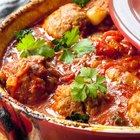
How to Make Dinners Ahead of Time Using ...

How to Store Dehydrated Foods

How to Make Teriyaki Sauce
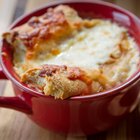
A Gluten-Free Diet and Torula Yeast

How to Make Breading Stick to Meat ...

Natural Way to Detox Your System ...

Guidelines For Refreezing

Bugs That Get Into Pantry & Food
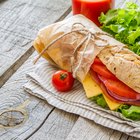
How to Keep Lunch Meat

Perfect Way to Cook a Pork Chop in the ...
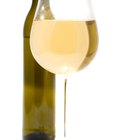
How to Remove Mold From Wine
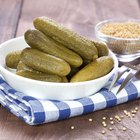
The Advantages of Pickling Foods

How Long Can Frozen Food Sit Out Before ...

Banquet Set Up Checklist

How to Calculate Portions

How to Pickle Brine Sausage

How to Heat Pre-Cooked Hams

How to Cook a Pot Roast in a Slow ...

How to Clean Scuffed Up Rain Boots

How to Clean a Musty Smell from the ...
Resources
Warnings
- Consult your doctor or personal physician if you are concerned about having candida or another yeast-intolerant condition to help prepare the best diet for you.
Writer Bio
Based in the Appalachian Mountains, Brian Connolly is a certified nutritionist and has been writing professionally since 2000. He is a licensed yoga and martial arts instructor whose work regularly appears in “Metabolism,” “Verve” and publications throughout the East Coast. Connolly holds advanced degrees from the University of North Carolina, Asheville and the University of Virginia.